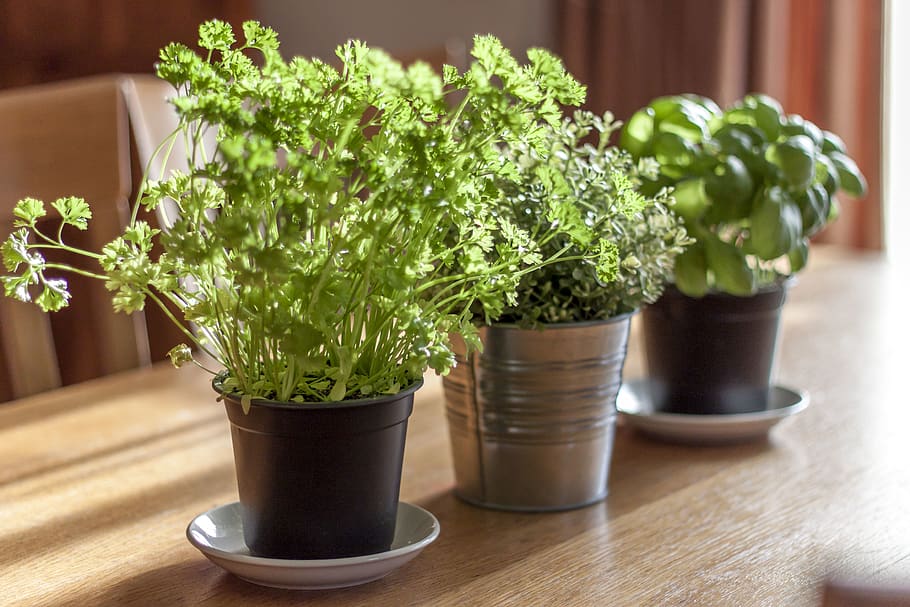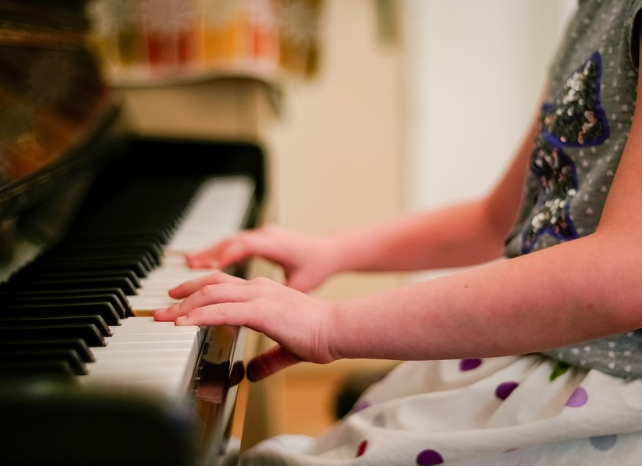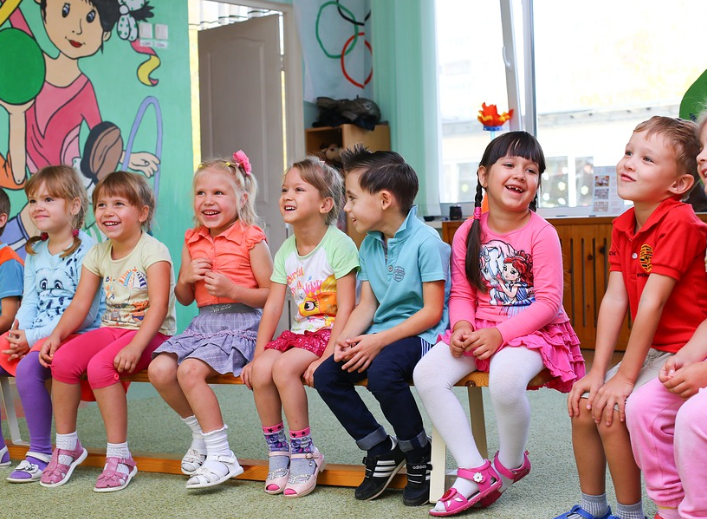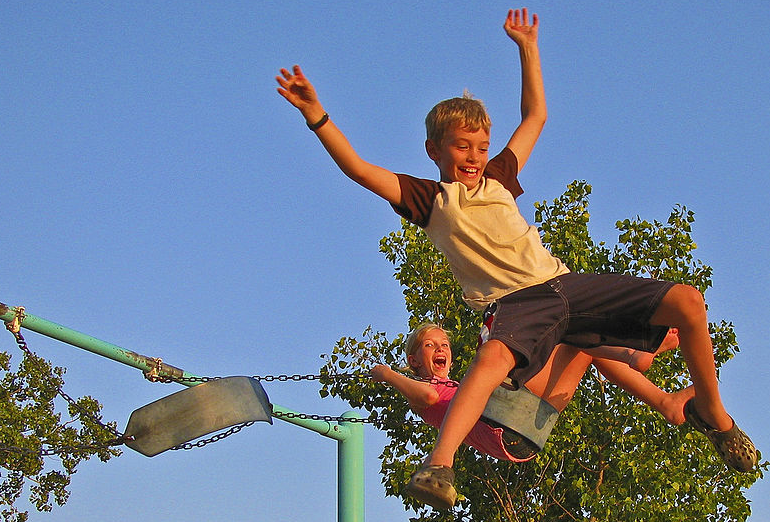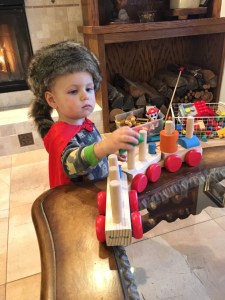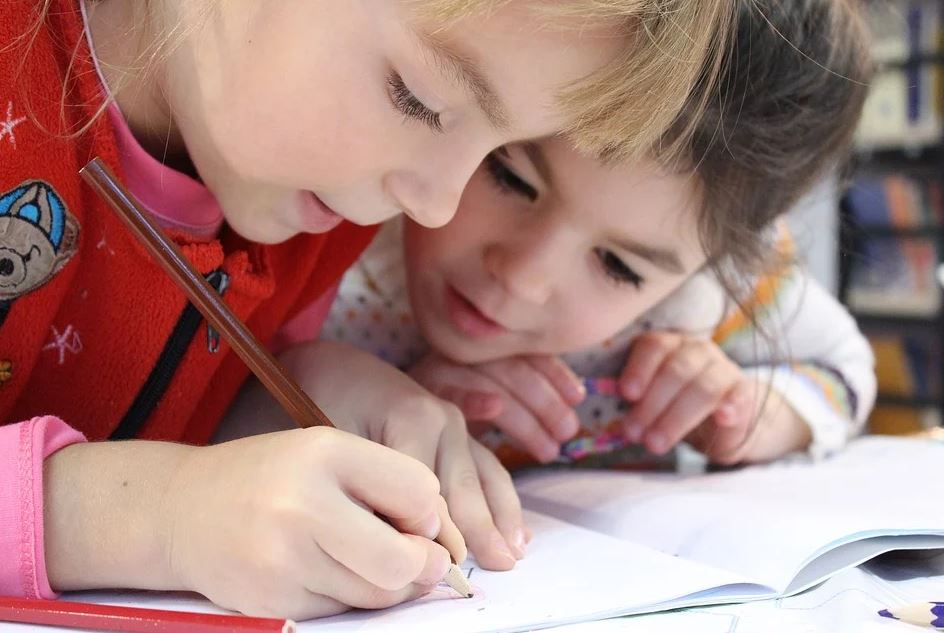
Undoubtedly, one of my favourite things about being a parent is living vicariously through my children. Do you recall the first time you wrote your own name by yourself? Your first memory of tying your own shoe? The first time you solved your own problem?
I have to admit, I don’t recall many of my first accomplishments, but my parents do! They have tons of old stories of the wondrous adventures I’d get into and how I got out of them. And that’s how I know I’ll never forget my children’s accomplishments and how they find solutions to the many new adventures they take. The look of joy and pride on their faces as they work out how to finish their very own puzzle – inspiring! It’s like I’m reliving the best moments of my life with the addition of knowing I’m giving them theirs. It’s pretty amazing.
So, along with being that incredible parent moment, what else does a child solving their own problems do? What’s the significance?
The Importance
KARA has recently crafted Nurturing Problem-Solving Skills in Children, a newsletter on the importance of problem solving in children and how we, as parents, can nurture healthy problem solving skills. Why is this skill so important? The short answer is that it provides children with various skills to develop and maintain healthy relationships with others.
Really, you ask? How does that correlate? Problem-solving skills lead to harmonious relationship skills? What’s the link between these two unlikely talents?
Imagine being a little kid presented with a problem. You have a square block and you’re trying to smash it into a triangular hole. You try one thing and it doesn’t work! Time to throw yourself on the carpet for the adorable “world-is-crashing-around-me-tantrum!”
Now imagine your parent or caring older sibling comes over and says, “Maybe we can try a different block!”
You give it a go and it works! Pride and joy overcome you and everyone is giving you a high five – but not because you selected the right shape – nope. It’s because you have chosen to be open-minded.
That’s right! Kudos to you, little guy or gal, because being open-minded is one of the most important life-skills you can have! It opens doors with a number of significant people in your future life – your parents, teachers, employers, and significant others. It’s the skill needed for any positive relationship! It allows you, as the person you are, to have your own values and opinions, but still see the significance of others’ values and opinions.
For this reason, problem solving is arguably one of the most important skills one can gain in life. And I like to think children are naturally born with this ability to try new things and take advice from others. And with a little help from family, we gain the confidence to continue to grow in that regard.
Where it All Starts
Babies are natural born problem solvers. From the first moment they open their eyes, they are taking everything in and making new connections. They problem solve in a way we don’t even recognize – or I didn’t at first anyway!
When my first baby came along, I was an excited new mom. Although he had been solving problems for weeks before I caught on, the first time I recognized it was pretty exciting to say the least.
I sat holding him in my arms, smiling down at him with the look of a parent totally in love. And as he looked back at me, something miraculous happened. He smiled back.
Yes that’s right, he figured out how to copy me. I’m sure it took him a few tries to get the right muscles to work, and then the connections were made and he smiled. And the more I smiled at him, the more practice he had to do it back. And before either of us knew it, he had solved a problem – how to show the world what he was feeling.
So the lifelong adventure began – and never stopped! Watch, try, mimic, practice, solve. The race was on.
But how did I help him and his little brother continue to develop these skills?
Fostering the Skills
I feel there are endless possibilities when it comes to helping your little ones succeed. Problem solving how to help your little one problem solve – it’s problem solving at its finest! I try showing, teaching, explaining, waiting, listening, learning, coaching, and a bevy of other things at times. But the three most important things I’d say are being there for them, handing out the praise, and being open-minded.
My guys are in different stages of life, and they are both past the point of learning how to smile or shape sort. How do I help them problem solve their more difficult problems? After all, being five and three isn’t easy.
Since problem solving at those ages is a daily occurrence (in fact, more like a minutely occurrence), I’ll just stick to two examples – two of my children’s favourite pastimes at their current ages. For my five year old, that’s space exploration. For my three year old, it’s dinosaurs.
I’ll start with my five year old since I find the younger they are, the easier the problem but the harder it is to solve. For my older guy, the problem is more difficult, but the foundation of problem solving exercises is more set up for success. I have an odd feeling that when we get to the gauntlet of challenges that is adolescence, this paradigm will shift dramatically, but I’m not there yet to give evidence.
My five year old has already succeeded in writing his own name and learning to ride a bike. He is already familiar with “start at the beginning” and “practice makes perfect” and has his own memories to serve as evidence of success. Therefore, I like to give him the space he needs to try his own hand. He loves space, learning about the planets, and, above all, space robots. The first thing is to help him challenge himself by providing him with the right tools. We’ve purchased him a space robot game that is challenging. He can’t get enough of it. It could be the robot but I think it has to do more with the sense of accomplishment. The next thing is to give him space and only venture in when he truly needs help. In the midst of a pandemic when I’m working remotely at home, this works very well. I’ve set him up next to my work station. He is out of reach and out of eyesight. This means I do not know what is going on in his game at any given time so when he runs into a problem, he has the choice of asking me for help (where he has to take a great deal of time to catch me up to speed) or he ventures on in his element, independently trying various tactics to progress. He often chooses his own independence over engaging me. He says what the problem is out loud, just as he was taught, and then progresses to solve it on his own. But he never misses a chance to show me what he has accomplished, what robot he has built, or what planet he has discovered. Truly inspirational.
My three year old is a dinosaur fanatic. He is all about setting up his own prehistoric landscapes and acting out various scenes (most of which are family related where dinosaurs are his parents and sibling). He too, needed the right materials and challenging scenarios to excel. We bought him dinosaur figurines and have been teaching him the names (this has been a learning adventure for me too as I preferred dolls over dinosaurs when I was three). Hearing a young tot correctly identify various prehistoric creatures with lengthy names has been amazing. But let’s get to the problem. When he loses a toy, can’t recall a name, or something else is awry, he comes barreling into the room. We work together to say the problem out loud together. This, I find, is very helpful to young ones. It helps them identify the problem, the key to working toward a solution. One day, he came in to explain his problem, attempting to say it out loud on his own. This was challenging in itself and posed as our first problem – giving me an indication of what the problem was. It took time, trying various things, like new words and motions, and eventually, we came to an understanding. The velociraptor figurine was larger in size than the brachiosaurus. Hysterically, explaining to me, his dino newbie mom, that the dinosaurs I had purchased him were anatomically incorrect posed a harder task than the problem he originally had. He was given tons of praise for identifying his problem and even given the chance to explain his new findings over the phone to his grandparents, using his new words and motions. What a smartie pants!
A Problem Solving Exercise for All Ages
In KARA’s newsletter, there is a bevy of fun exercises one can do with their children to promote problem solving skills! Examples are stacking games, scavenger hunts, and puzzles. I also have a problem solving idea that fits well with this festive time of year, and should be a good time for any age – tree decorating! With a few inspirational anecdotes now in your back pocket, give this one a go with your little one. Here are a few ideas on how to problem solve together!
- Ask your child to help envision the decorated tree. Planning and imagination go hand in hand with problem solving. It’s also just as fun!
- Take ornaments out of containers together. Allow your child to open boxes and unwrap decorations. Take care to help little ones with breakable ornaments or those on long strings as they can pose a danger.
- Place ornaments on the tree. Using loops and hoops and placing ornaments on sticky branches can help fine motor and hand-eye coordination skills. A terrific way to problem solve.
- Also, if you are getting a real tree this year, take an extra step to help children care for the tree. Watering it is another great way to build gross motor skills and gardening skills.
- Lastly, give them praise as they try new things and take advice from others, fostering the skill of being open-minded and trying to see things from another’s point of view.
Last Note
As you’ve read, helping a child learn to problem solve is a miraculous way of providing them with an essential skill for later life. Having that open-mind is a game changer. Plus, the excitement and happiness as they make everyone around them proud will give them confidence and desire to problem solve again and again!
And what about you? Reliving your childhood memories through the eyes of your child has got to be the added cherry on top!







